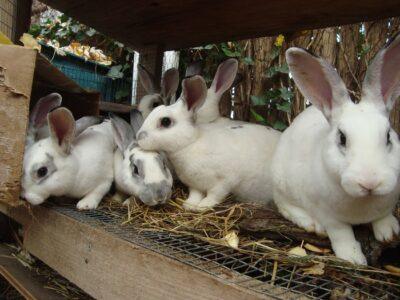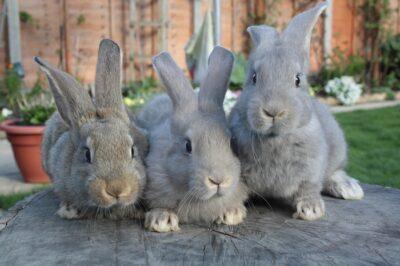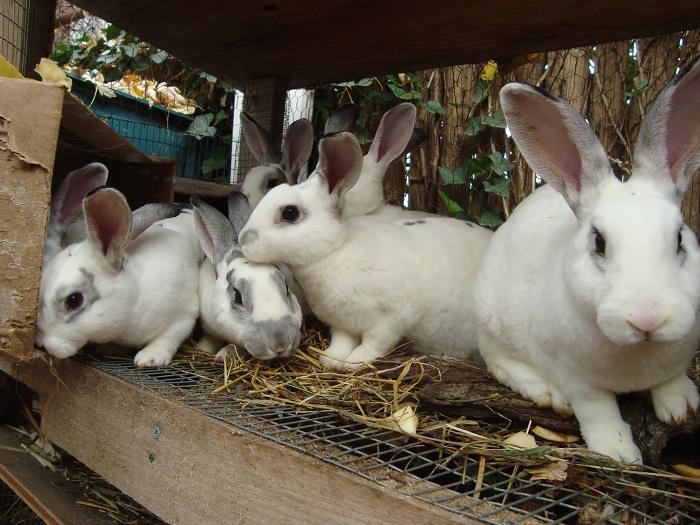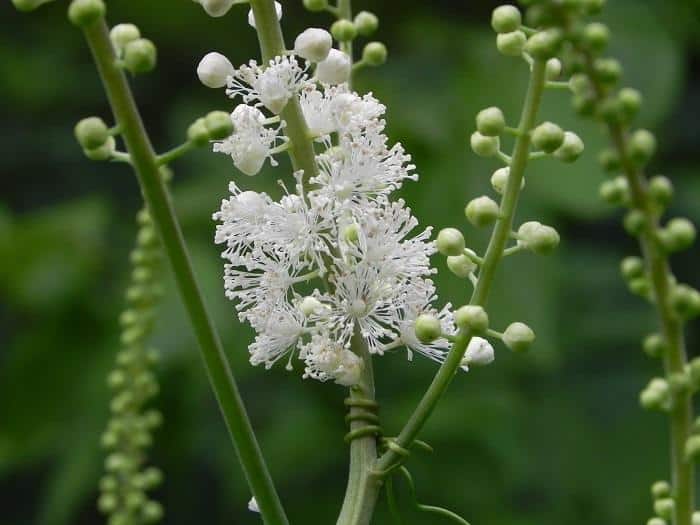
Recently on Off The Grid News I discussed an alternative strategy for long-term survival if there’s a lengthy blackout or other catastrophe and society ends as we know it – and we have to return to a 19th century lifestyle. I’ve covered the basics (water supply and energy) and extremely important ones (medicine and security).
This article focuses on a crucial long-term need all humans have — the need for protein. There are many options for those living off the grid today or planning on a 19th century lifestyle if society ends as we know it. Some opt for primarily a plant-based protein source, such as nut trees and crops like quinoa and beans. Others have the space and time to devote to livestock, and to get their protein from cattle or pigs.
However, for those without the space for livestock or the large garden necessary for a plant-based protein plan, there is a need for a third option. I suggest breeding rabbits for meat.
Why Not Chickens?
Probably the first small animal that came to mind was chickens, not rabbits. The reason I don’t recommend chickens is that over the past 70 years we have bred out the reproduction instinct of domesticated chickens. Selective breeding has resulting in hens that abandon their eggs; they don’t nest them and nurture them until chicks are hatched. Today, getting chickens to breed can be difficult, especially without the conveniences of modern technology and electricity.
Why Rabbits?
Rabbits are therefore a good alternative because they, well … breed like rabbits. A single female rabbit (doe) can produce several hundred times her body weight in a year. With just two males and two females, you can be on your way to a sustainable source of protein.
Rabbits also take up little space. While cattle require acres of green grass, rabbits take up just a few cubic feet along the wall of a barn or other outbuilding. They also require little care for the busy homesteader, requiring only a few minutes an evening once everything is established.
However, the best reason for choosing rabbits is that they can be fed, cared for and bred without modern technology and electricity. However, it will take some hard work and practice to get to the point where you have a healthy and productive rabbit breeding operation. There are great books available that get into all the specifics for housing and breeding rabbits. However, here I’ll focus on tasks that will be the most difficult in a 19th century setting. The main challenges are growing enough rabbit food and keeping them free of diseases in a situation where there are no antibiotics or vets to call.
Rabbit Food

In modern society, feeding rabbits is easy. You go down to the feed store and buy a 50-pound bag of pellet food, which has the perfect balance of protein and necessary vitamins and minerals. The pellet food is optimized to get the fastest growth possible of baby rabbits. However, in the 19th century, there were no rabbit pellets. People fed rabbits scraps from the table, surplus crops, and greens from the garden. The rabbits didn’t grow as fast, but they still matured.
So growing your own rabbit foods is necessary, and make no mistake — it’s a commitment of hard work and time.
The most important component is protein. Clover, soybeans and grain sorghum can provide the necessary protein – even in a garden of limited size. To the extent space is available, hay and grasses should be grown.
Root crops such as carrots, parsnips, beets and turnips provide needed vitamins. Because rabbits eat a lot of food, it’s a good idea to cultivate some perennial fruits. Apple trees and raspberries are great because you can feed young leaves and small twigs to the rabbits as part of their normal diet, and reserve the fruits for special treats (all the sugar in fruit can lead to diarrhea). However, leaves and twigs from apricot and plum trees are not safe.
Healthcare
Like all animals, rabbits can get illnesses and diseases. Because antibiotics and veterinary care may not be available, special attention must be paid to do everything possible to prevent disease and learn how to recognize when a rabbit is ill.
The most important disease prevention tool is cleanliness. Keep the area where you house the rabbits clean. Periodically clean out their cages. If there’s potential a rabbit has a disease, it must be quarantined until it recovers or culled if it has a disease that can’t be cured.
Want The Best Chemical-Free, All-Natural Insecticide — For Your Garden AND Home?
While cleanliness will go a long way to preventing illnesses and disease, some is inevitable. You can take two steps to prepare for when modern medicine may no longer be available. First, start breeding rabbits now, so that you become familiar with their behavior and can recognize symptoms of illnesses and disease. Over time, you’ll be able to understand some basic health issues, and learn which ones you can treat without modern medicine, and those that need it. You won’t learn everything, but the hard reality is that if modern society ends, you’ll have to be conservative and cull any rabbits that may have a disease.
Second, over time, you will learn the maladies that commonly afflict your rabbits. Focus on alternative treatments for them. For example, if bladder infections are common, consider experimenting the cultivation and use of echinacea as an alternative treatment to modern antibiotics. Echinacea or chamomile drops can soothe eye irritation and pumpkin mash can help with constipation.
With time, you can build up an arsenal of natural remedies to help treat common illnesses or diseases.
Like everything else about living in the 19th century, raising rabbits without process food pellets or modern healthcare is time consuming. However, the rewards are many.
Do you have any rabbit breeding tips? Please share them in the section below:










